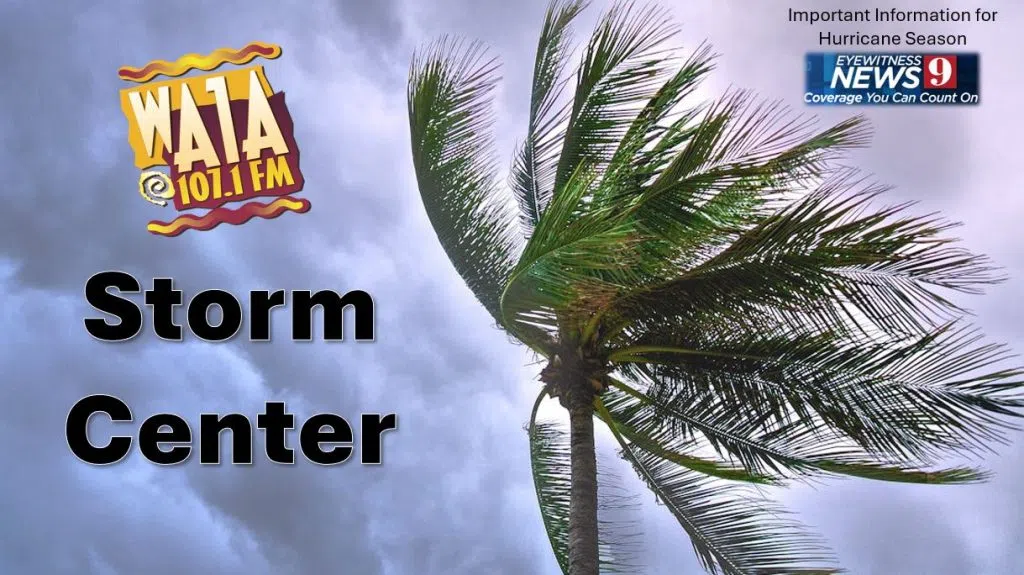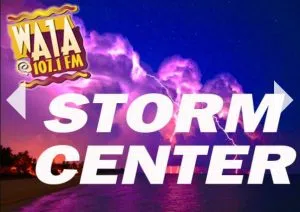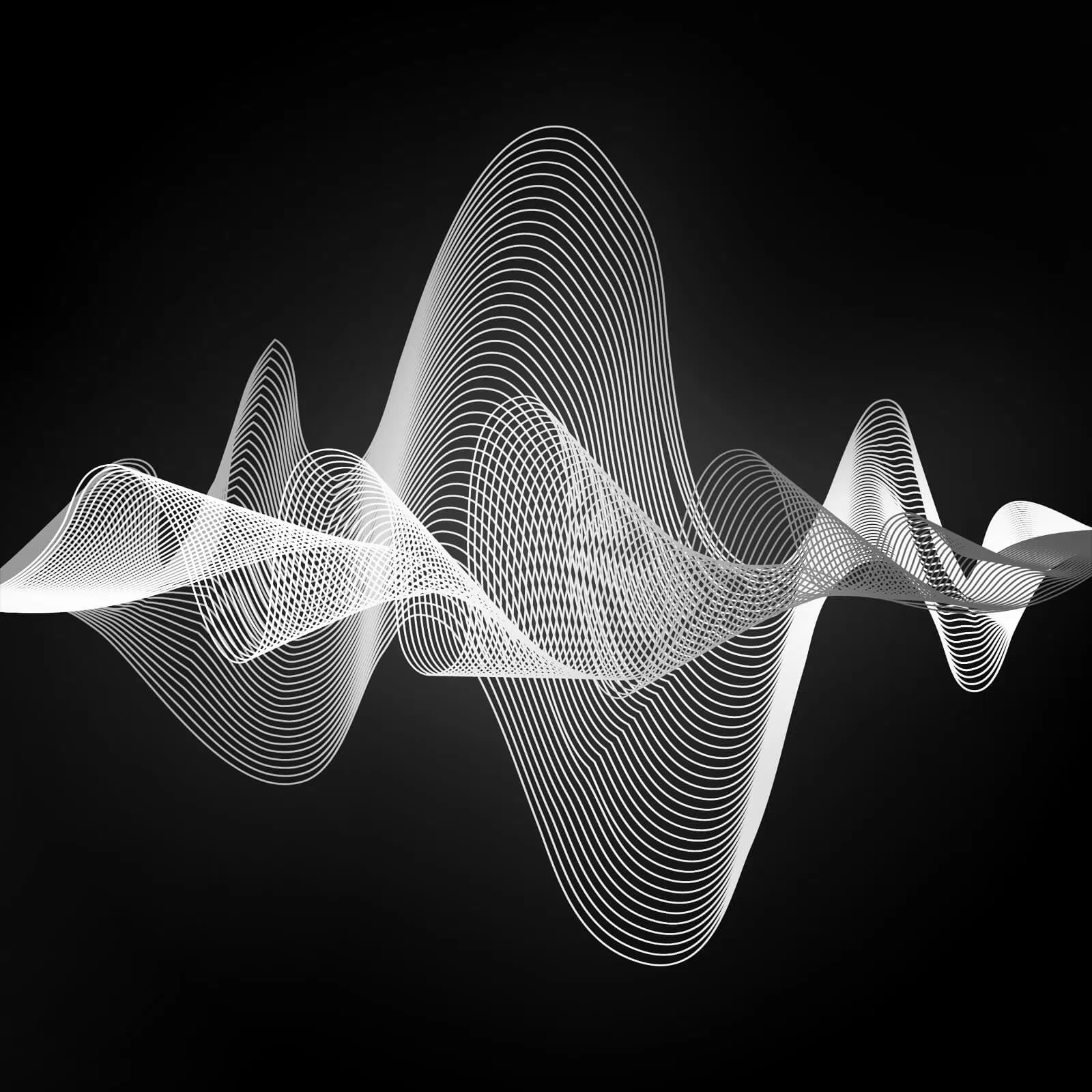
Welcome to Storm Center. We’ve gathered some helpful information you might need before, during, or after a storm threatens the Space Coast.
We hope these storm related tips keep you and your family safe during this Hurricane Season

Generator Safety
- Read and follow all the manufacturer’s guidelines when using a generator to avoid dangerous shortcuts and ensure safe operation.
- DO NOT directly connect your generator to your home’s breaker or fuse box. Power from a generator connected to a home’s wiring will “back feed” into utility lines – which can severely injure or kill a neighbor or utility crew working to restore power.
- DO NOT run generators inside your home or garage, as they produce potentially deadly carbon monoxide fumes.
- Keep generators away from all open windows, including neighbors’ windows, to prevent the fumes from entering a home or business.
- Buy a battery-operated carbon monoxide alarm, which will alert you if carbon monoxide levels become dangerous.
- Turn off all connected appliances before starting your generator.
- Turn connected appliances on one at a time, never exceeding the generator’s rated wattage.
- DO NOT touch a generator if you are wet, standing in water or on damp ground.
- NEVER refuel a hot generator or one that is running – hot engine parts or exhaust can ignite gasoline.
- Ensure you have plenty of gas safely stored in gas containers to operate your generator.

What to Do Before The Storm Arrives (Home & Business)
- Determine your backup power source or make arrangements to relocate if a storm warning is issued and someone in your home is dependent on electric-powered, life-sustaining medical equipment.
- Ensure all trees and vegetation near power lines are trimmed by specially trained line-clearing professionals to minimize their potential impact on you and your neighbors.
- Make sure debris is cleared prior to a hurricane warning announcement – trash pickup will be suspended during this time. Tree limbs and branches are the leading cause of outages and can become airborne during a storm.
- DO NOT attempt to trim any vegetation growing on or near any overhead power lines. Only specially trained line-clearing professionals should work around power lines. Check FPL.com/trees to locate a contractor qualified to trim vegetation around power lines.
After the storm: When is it safe?
- Watch for downed power lines. Call 911 or FPL at 1-800-4OUTAGE to report fallen power lines that present a clear and imminent danger to you or others. DO NOT attempt to touch any power lines, and keep your family away from them. Always assume that every power line is energized.
- Stay away from standing water and debris, which could potentially conceal a live wire.
- DO NOT venture out in the dark because you might not see a downed power line that could be energized and dangerous.
- Turn off your circuit breakers, disconnect all electrical appliances that are still plugged in, and turn off all wall switches immediately. If your roof or windows leak, water in your walls and ceiling may come into contact with electrical wiring. Remember to never stand in water while operating switches or unplugging any electrical device.

A storm preparation checklist
- Develop your emergency plan and review that plan with your family.
- Photograph or record your home – inside and out – for insurance purposes.
- Update the phone number and email address on your FPL account.
- Save your FPL account number to the notes section of your cell phone.
- Bookmark FPL.com/outage and save 1-800-4OUTAGE to your cell phone to report and check the status of your restoration.
- Follow FPL for progress reports on Facebook.com/FPLconnect and @insideFPL on Twitter.
- Contact your local emergency management office if you or anyone you know has special needs, in case of evacuations.
- Determine your backup power source or make arrangements to relocate if a storm warning is issued and someone in your home is dependent on electric-powered, life-sustaining medical equipment.
- Gather important documents, including: insurance policies, health cards, birth certificates, social security cards, list of important phone numbers and medications, and a copy of your FPL bill – storing them in a waterproof container.
- Prepare to be self-sufficient for up to 14 days, according to emergency operations officials. Stock up on: non-perishable food, extra batteries, medications, baby supplies and pet food
- Purchase bottled water. The American Red Cross recommends one gallon of water per person per day for up to 14 days.
- Keep a battery-operated radio with you and a two-week supply of fresh batteries.
- Check your emergency equipment, i.e. flashlights, battery-operated radios, extension cords, cell phones and chargers, and emergency generators.
- Charge your cell phone and keep it ready by obtaining portable chargers.
- Read and follow all the manufacturer’s guidelines, if you plan on using a generator, to avoid dangerous shortcuts and ensure safe operation.
- Purchase a carbon monoxide alarm inside your home to detect the toxic fumes generators emit.
- Install an approved hurricane shutter system over windows and doors, or have alternate coverings such as plywood.
- Secure and prepare your home by storing outside objects inside, fasten doors and windows, cover valuables and furniture with plastic and move away from windows.
- Trim trees and vegetation that are near power lines before or early in the season. Clear debris quickly – trash pickup will be suspended when a hurricane warning is issued. For more information on our tree trimming policies and to contact a specially trained line clearing professional, visit FPL.com/trees.








